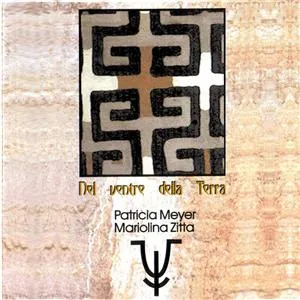Prehistoric music refers to all musical activity that predates writing systems and recorded history. It encompasses the sounds, instruments, and performance practices of Paleolithic, Mesolithic, and Neolithic peoples long before formal musical notation or named composers existed.
Rather than fixed repertoires, prehistoric music was a living practice tied to daily life, ritual, and environment. Voices, bone flutes, shell horns, drums, rattles, clapped stones (lithophones), and resonant caves functioned as both instruments and acoustic spaces. Its organization was likely cyclic and participatory, favoring pulse-driven rhythms, drones, call-and-response, and heterophony over harmonies and chords.
Archaeological finds such as Aurignacian bone flutes in the Swabian Jura (Germany), the controversial Divje Babe artifact (Slovenia), and Jiahu flutes (China) attest to a wide geographic spread and deep antiquity. While unknowable in detail, prehistoric music laid the groundwork for the world’s ancient musical traditions.
Music likely emerged alongside language and social bonding among early Homo sapiens. Vocalizing, hand clapping, and object striking would have preceded crafted instruments. By the Upper Paleolithic, human groups had both the cognitive capacity and material culture to make specialized sound tools.
Prehistoric music was intertwined with ceremony (healing, initiation, hunting rites), labor coordination, storytelling, and identity. Music amplified social cohesion, coordinated movement, and engaged with the acoustic properties of natural settings (caves, cliffs, open plains).
As communities settled and complex societies formed, musical roles specialized and instrument-making diversified. Oral practices evolved into codified traditions—ushering in the world’s ancient musics (Egyptian, Greek, Chinese, Mesopotamian)—which ultimately shaped classical and folk lineages worldwide.

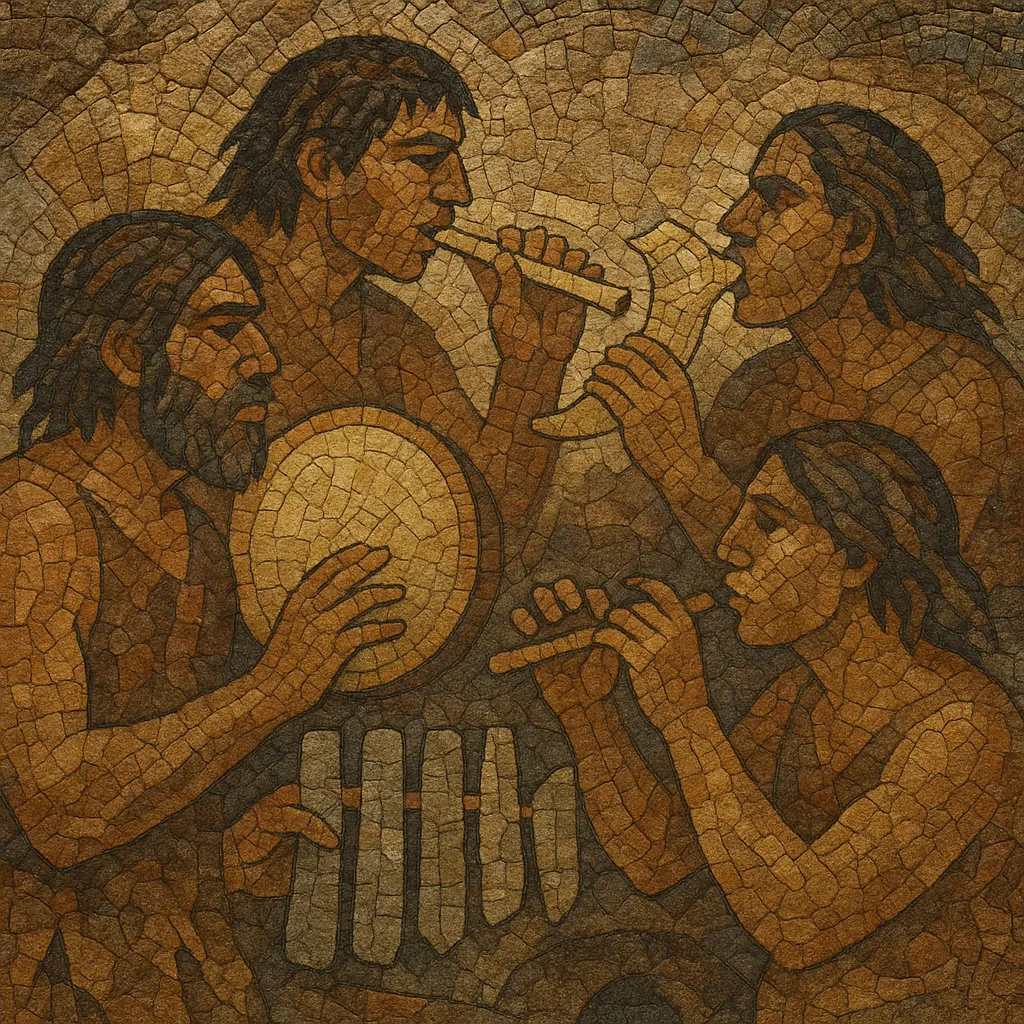

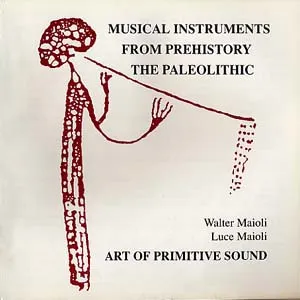
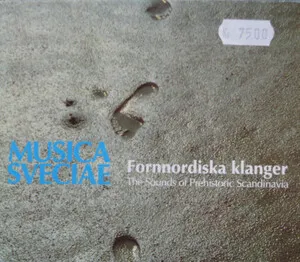
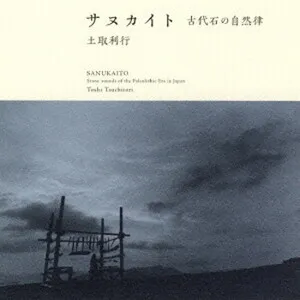
%5D%2C%20Cover%20art.webp)
